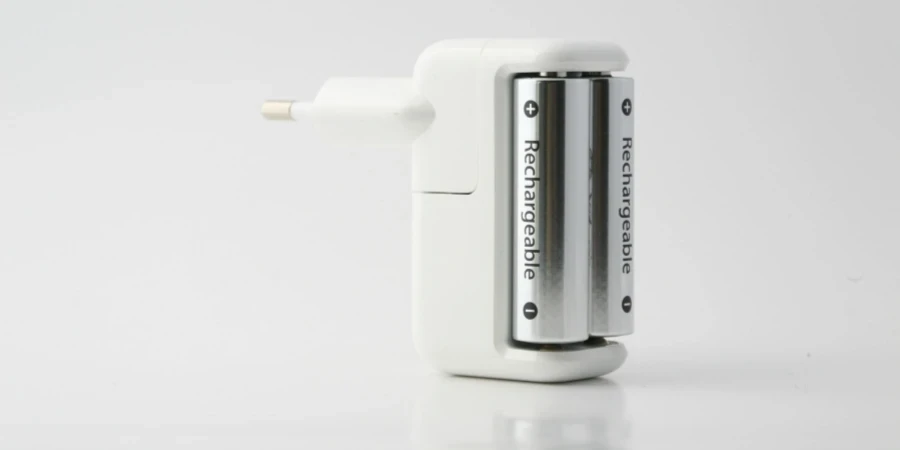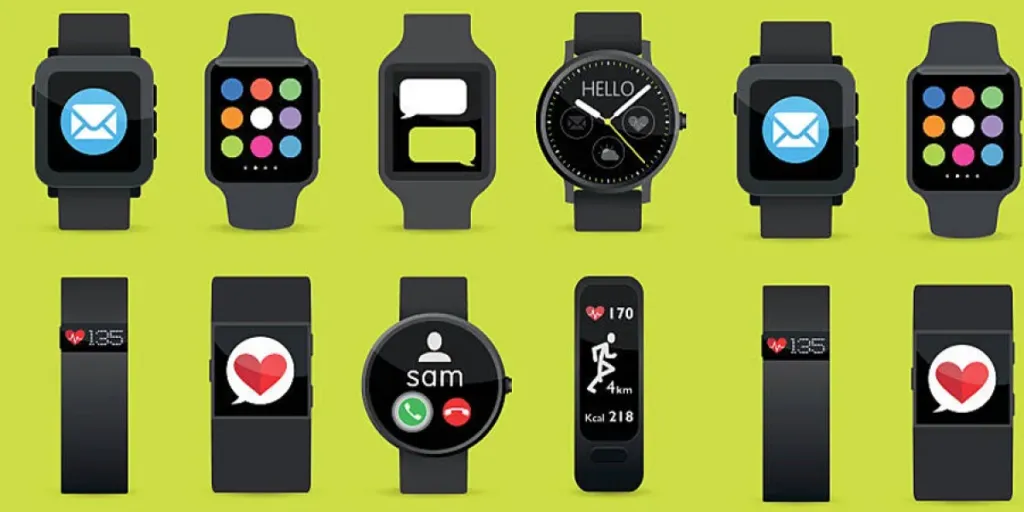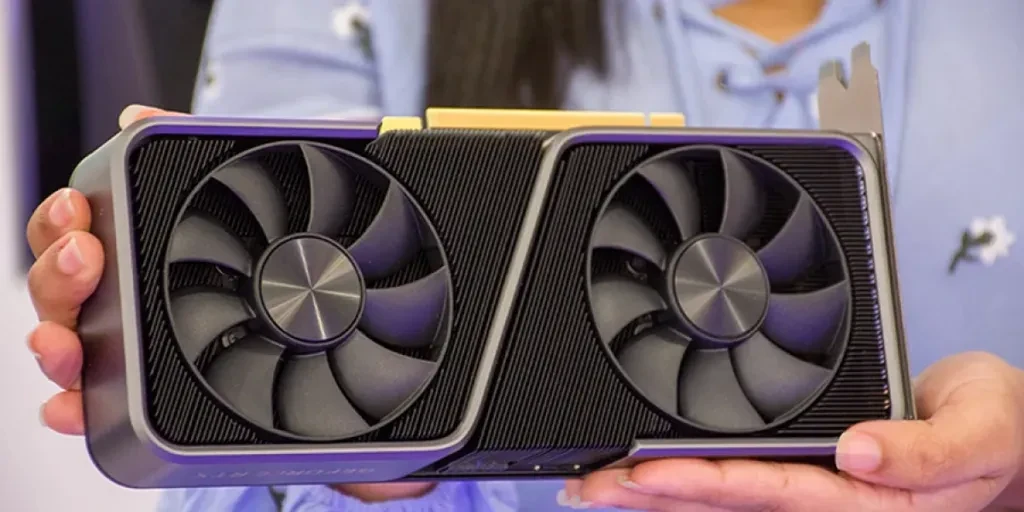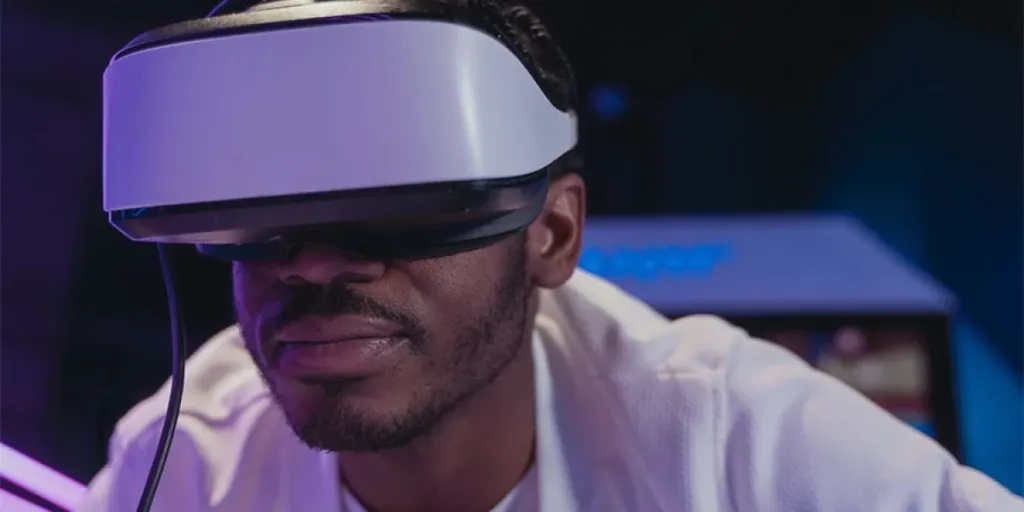Table of Contents
Introduction
Market overview
Key technology and design innovations
Top-selling models driving market trends
Conclusion
Introduction
Battery chargers are a critical component in today’s fast-paced tech landscape, fueling everything from smartphones to electric vehicles. As demand for efficient, dependable charging solutions grows, cutting-edge advancements are reshaping charger capabilities. The industry is now witnessing rapid innovations in smart charging, multi-device compatibility, and eco-friendly power options. These developments are paving the way for more durable, high-performance models that meet diverse needs across consumer electronics and automotive sectors. This exploration covers the latest market trends, technological breakthroughs, and standout models driving growth in this essential market.
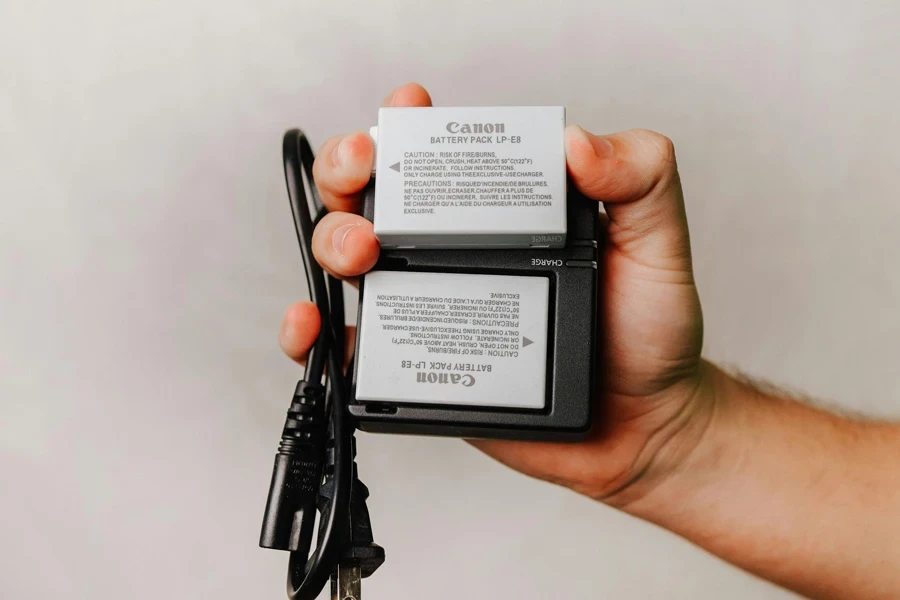
Market overview
The global battery charger market, valued at $19.09 billion in 2023, is projected to reach $34.2 billion by 2032, growing at a CAGR of 6.7%, according to Business Research Insights. This growth reflects the rising demand for high-efficiency charging solutions driven by increased usage of electric vehicles (EVs), consumer electronics, and IoT devices. North America leads in market share due to its significant adoption rates in automotive and consumer electronics, while the Asia-Pacific region is emerging rapidly as a major market, supported by the growth of smartphone and EV manufacturing.
Key market drivers include the shift toward clean energy, with EVs expected to reduce fossil fuel reliance significantly, and the rise of connected devices that depend on reliable battery support. According to Business Research Insights, consumer electronics and automotive sectors collectively account for over 40% of total charger demand, while the IoT sector shows strong growth as it heavily relies on battery-powered devices. However, the market faces challenges such as high costs for advanced chargers and durability issues in high-capacity applications, which may slow adoption in cost-sensitive regions.
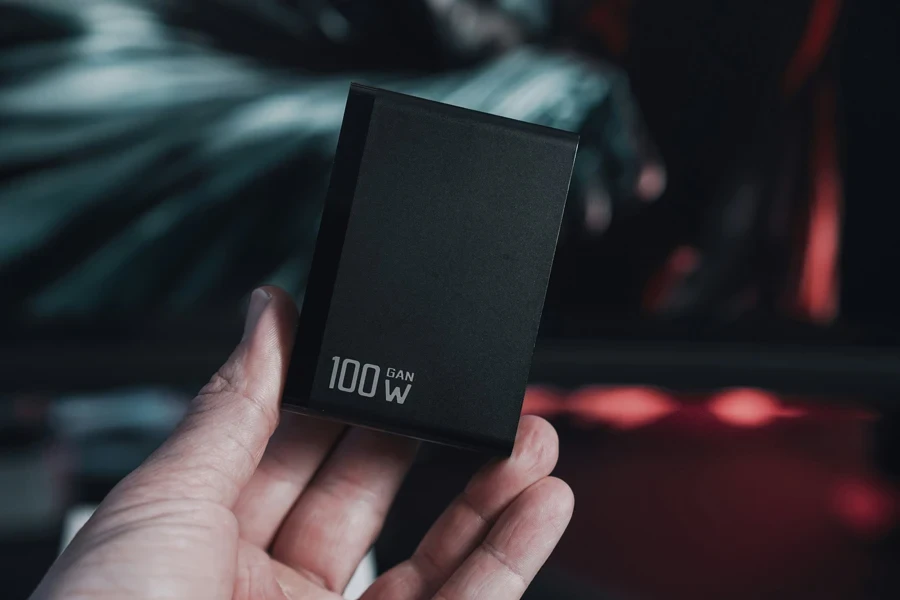
Key technology and design innovations
Smart charging technologies have revolutionized battery chargers, with microprocessor-controlled systems becoming essential for optimizing battery performance and longevity. According to Business Research Insights, microprocessor-controlled chargers can automatically adjust charging speeds based on the battery’s needs, preventing overcharging and enhancing overall battery health. Features like float and trickle charging modes allow for controlled, low-voltage charging, which keeps batteries at optimal capacity without risking damage. In float mode, chargers deliver small, periodic currents to maintain a full charge, while trickle mode applies a steady, low charge to extend battery life when devices are not in use.
Battery chargers now also cater to specific battery chemistries—such as lithium-ion, AGM (Absorbed Glass Mat), and gel batteries—which have unique voltage requirements. According to OzCharge, correct battery-chemistry pairing is critical as it prevents issues like overheating and overcharging, which can degrade battery health and reduce service life. For instance, lithium batteries, widely used in high-drain applications, need precise voltage control and should never be charged with a non-lithium-compatible charger. This need for precise matching has spurred innovation in multi-mode chargers that can identify and adjust to different chemistries automatically.
Portable and solar-powered chargers are rising in popularity, especially for outdoor and automotive applications. As Schumacher Electric highlights, solar chargers harness solar energy, offering an eco-friendly solution for maintaining power on the go. These chargers, while highly convenient, may face limitations in low-light conditions and require careful voltage regulation to prevent overcharging. Newer solar chargers have integrated controllers that can switch off charging when batteries reach full capacity, adding a layer of protection that prolongs battery life and optimizes charging efficiency.
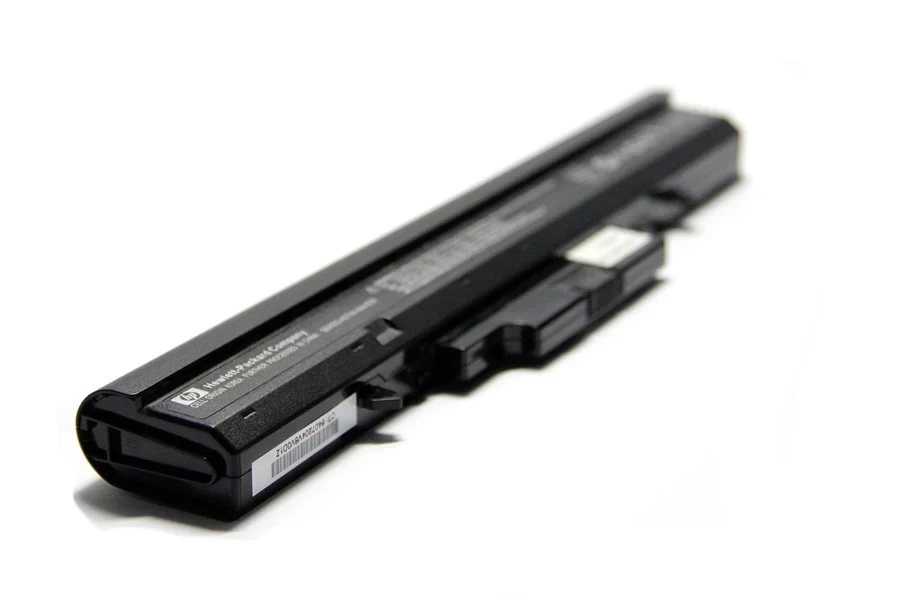
Top-selling models driving market trends
Intelligent and fast-charging models are currently leading consumer demand due to their convenience and adaptability. According to Schumacher Electric, intelligent chargers like the Schumacher series use automation to adjust charging speed and monitor the battery’s health in real-time, minimizing the risk of overcharging and overheating. These models also feature multi-bay designs, enabling users to charge multiple batteries or devices simultaneously—a popular feature in sectors where time efficiency and versatility are crucial. OzCharge offers similar smart charging capabilities, with variable speed settings that allow users to switch from slow maintenance charging to rapid charging modes as needed, ideal for automotive and home use.
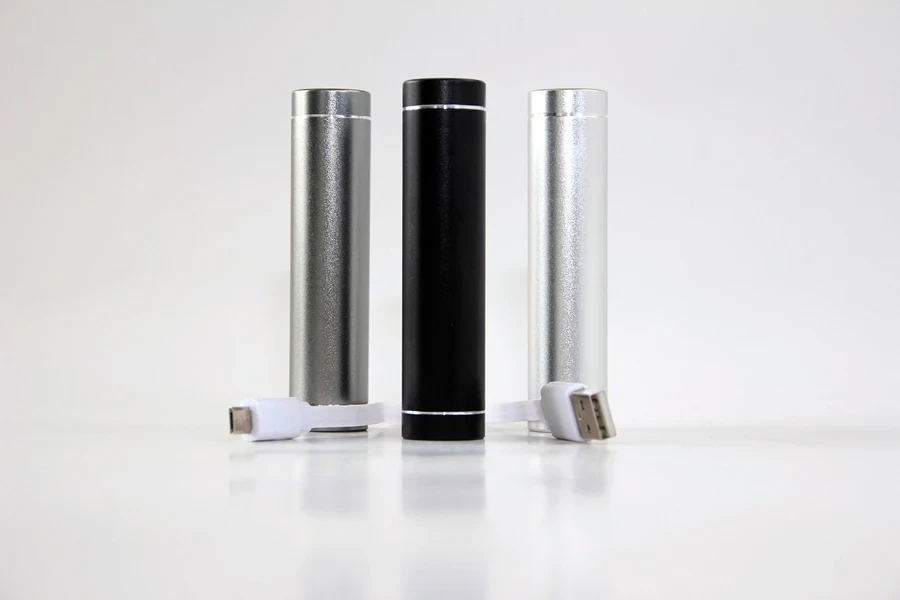
High-performance EV chargers have become vital as the electric vehicle market expands. Brands like ABB and EnerSys are at the forefront, producing chargers designed to support high-capacity, rapid-charge cycles essential for EVs. According to Business Research Insights, these high-output chargers meet the demands of EV manufacturers by delivering consistent power to large battery systems, drastically reducing charging time without compromising battery health. ABB’s chargers, for instance, are often selected for public and commercial charging stations due to their capacity to deliver hundreds of kW quickly, allowing EVs to regain a significant charge in just minutes. These fast-charging solutions are essential to the growth of the EV market, as they enhance the user experience by making recharging as convenient and quick as traditional refueling.
Consumer electronics chargers also show a strong market presence, with advances focusing on portability, efficiency, and multi-device compatibility. According to MicroBattery, compact models designed for laptops, tablets, and other portable electronics prioritize size and energy efficiency, catering to users who need reliable, on-the-go charging solutions. The rise in USB-compatible chargers has simplified device compatibility, with models capable of charging multiple devices simultaneously, addressing the needs of professionals and travelers. OzCharge has developed lightweight, fast-charging models that meet high-efficiency standards, offering rapid charging for multiple electronics without sacrificing battery health. These chargers, which can be connected to power banks or car outlets, represent a shift toward flexible, travel-friendly power solutions.
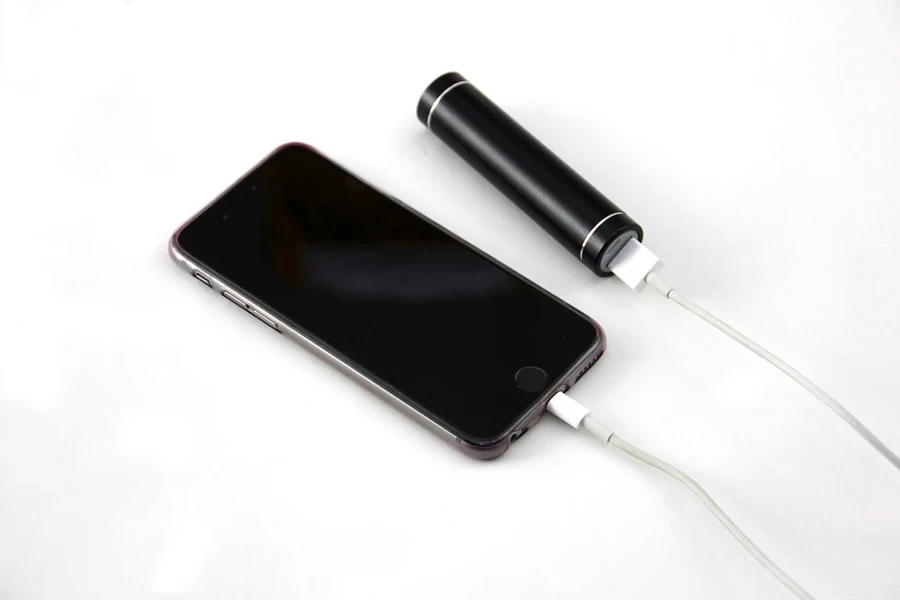
Conclusion
The battery charger market is rapidly evolving, driven by smart technology and user-centered innovations that enhance efficiency, compatibility, and safety. As advancements in intelligent charging systems, chemistry-specific models, and fast-charging EV solutions continue, battery chargers are becoming indispensable in sectors ranging from consumer electronics to electric vehicles. These developments ensure reliable, adaptable charging options that support the increasing demand for portable power and sustainable energy solutions, positioning battery chargers as essential tools for modern power management.
